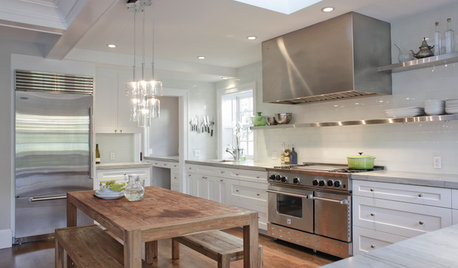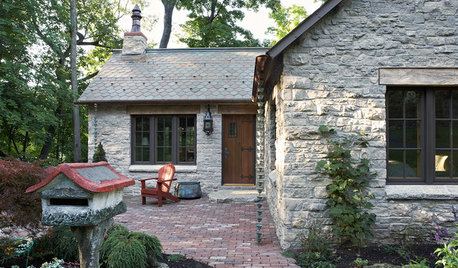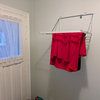Re-inforcing 3rd floor for a used Miele set
handyal
17 years ago
Related Stories

REMODELING GUIDESWhen to Use Engineered Wood Floors
See why an engineered wood floor could be your best choice (and no one will know but you)
Full Story
LIFE10 Ways to Keep Your Home Safe While You're Traveling
Set off on your trip with peace of mind, knowing you've taken the right steps toward keeping your home secure
Full Story
FLOORSBedroom Style: Set the Tone With Your Choice of Flooring
Design your bedroom from the bottom up by choosing your floor treatment first. The rest of the decor will follow
Full Story
FLOORSHow to Get a Tile Floor Installed
Inventive options and durability make tile a good choice for floors. Here’s what to expect
Full Story
LIFESo You're Moving In Together: 3 Things to Do First
Before you pick a new place with your honey, plan and prepare to make the experience sweet
Full Story
KITCHEN DESIGNCooking With Color: When to Use White in the Kitchen
Make sure your snowy walls, cabinets and counters don't feel cold while you're riding white's popularity peak
Full Story
GREEN BUILDINGHouzz Call: What Have You Salvaged for Home Use?
If your floors, furniture, exterior materials or other home elements have a past life, we'd like to hear the story
Full Story
COLORBathed in Color: When to Use Red in the Bath
Rev up your space and flatter all skin tones with bold, beautiful red on bathroom walls, floors and fixtures
Full Story
WINDOWSThe Best Uses for a Bay Window
See how to furnish a bay window or merely enjoy the view more, in both casual and formal settings
Full Story
REMODELING GUIDESLove the One You're With: Honoring a Home's Original Charm
Before you jump into teardown mode, consider these 3 examples of homes whose quirkiness is a draw
Full StoryMore Discussions








housekeeping
handyalOriginal Author
Related Professionals
Grafton Kitchen & Bathroom Designers · Highland Kitchen & Bathroom Designers · Calverton Kitchen & Bathroom Remodelers · Port Charlotte Kitchen & Bathroom Remodelers · South Park Township Kitchen & Bathroom Remodelers · Black Forest Cabinets & Cabinetry · Watauga Cabinets & Cabinetry · Lynn Custom Closet Designers · Fishers Flooring Contractors · Lebanon Flooring Contractors · Mill Valley Flooring Contractors · Patterson Flooring Contractors · River Edge Flooring Contractors · St. Johns Flooring Contractors · Suitland Flooring ContractorshandyalOriginal Author